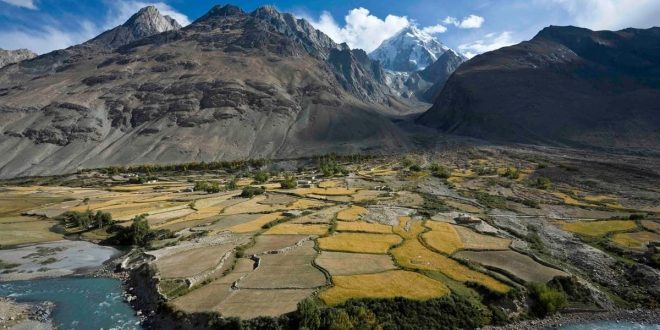KABUL – India’s long-overlooked 106-kilometre border with Afghanistan through the Wakhan Corridor is back in the spotlight as both nations emphasize its strategic importance. The narrow strip of land in Afghanistan’s Badakhshan province borders Gilgit-Baltistan (PoJK), Khyber Pakhtunkhwa, and China’s Xinjiang, historically linking Central and South Asia via the Silk Road.
In a joint statement, India’s External Affairs Minister S. Jaishankar and Afghanistan’s Foreign Minister Mawlawi Amir Khan Muttaqi highlighted the corridor as part of their “contiguous neighbourhood,” underlining renewed diplomatic engagement despite India’s non-recognition of the Taliban regime. Analysts say the development comes amid rising tensions between Afghanistan and Pakistan and growing Chinese influence in the region.
The Wakhan Corridor, stretching 350 km and up to 60 km wide, hosts around 18,000 residents across 110 villages. Its rugged terrain and limited access make it a strategically sensitive area, historically overlooked but now crucial amid shifting regional dynamics. The corridor also draws attention to the changing demography in Gilgit-Baltistan, where local populations face marginalization due to large-scale settlement policies.
Experts note that India’s renewed focus on Wakhan aligns with broader geopolitical concerns, including Pakistan’s territorial claims over Gilgit-Baltistan, Sino-Pakistani cooperation, and Afghanistan’s evolving foreign relations. Observers describe this as part of a pragmatic approach to safeguard India’s northern frontier while navigating complex regional alliances.
 Afghanistan Times Latest News and Analysis from Afghanistan and the Region
Afghanistan Times Latest News and Analysis from Afghanistan and the Region




